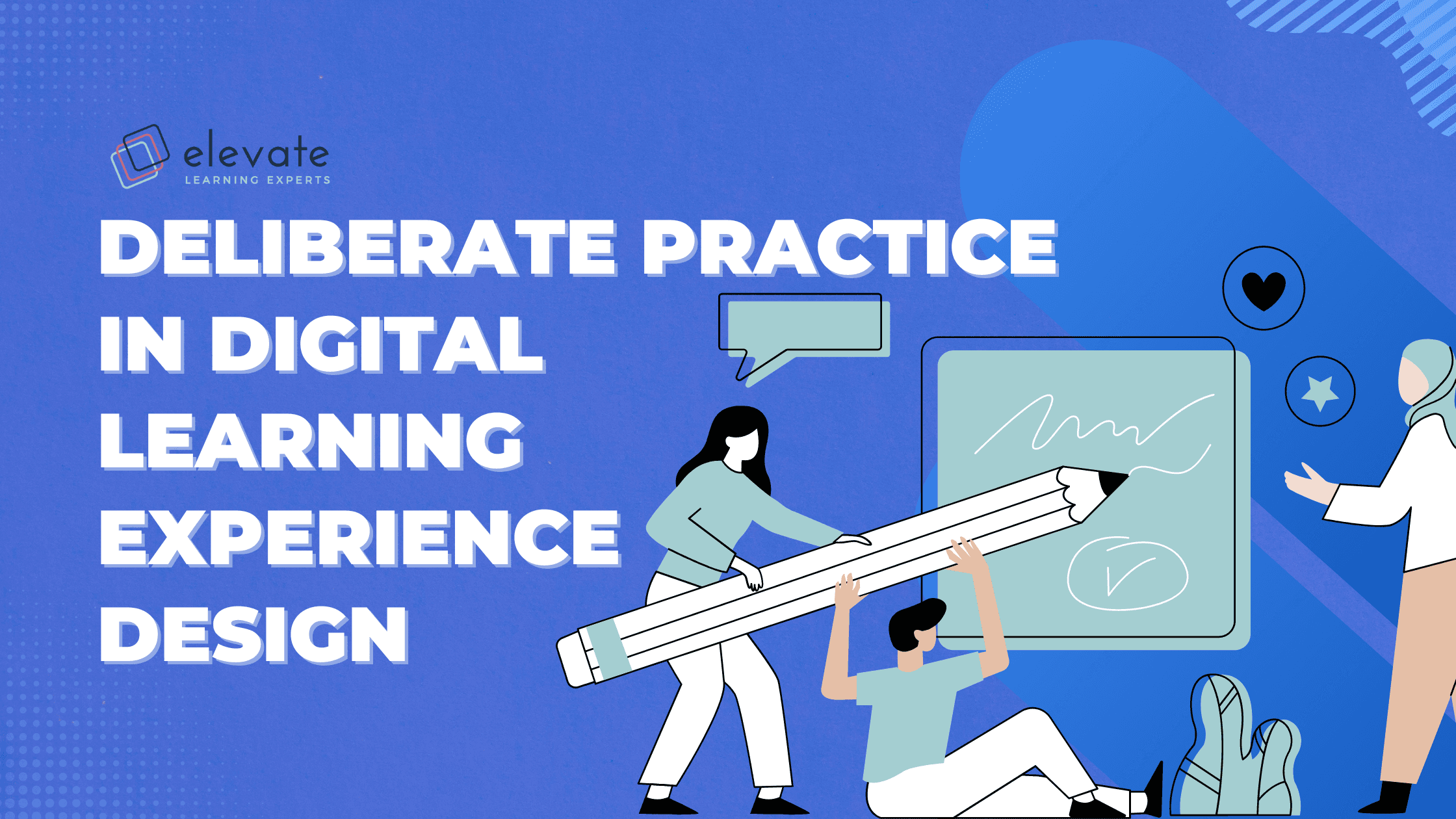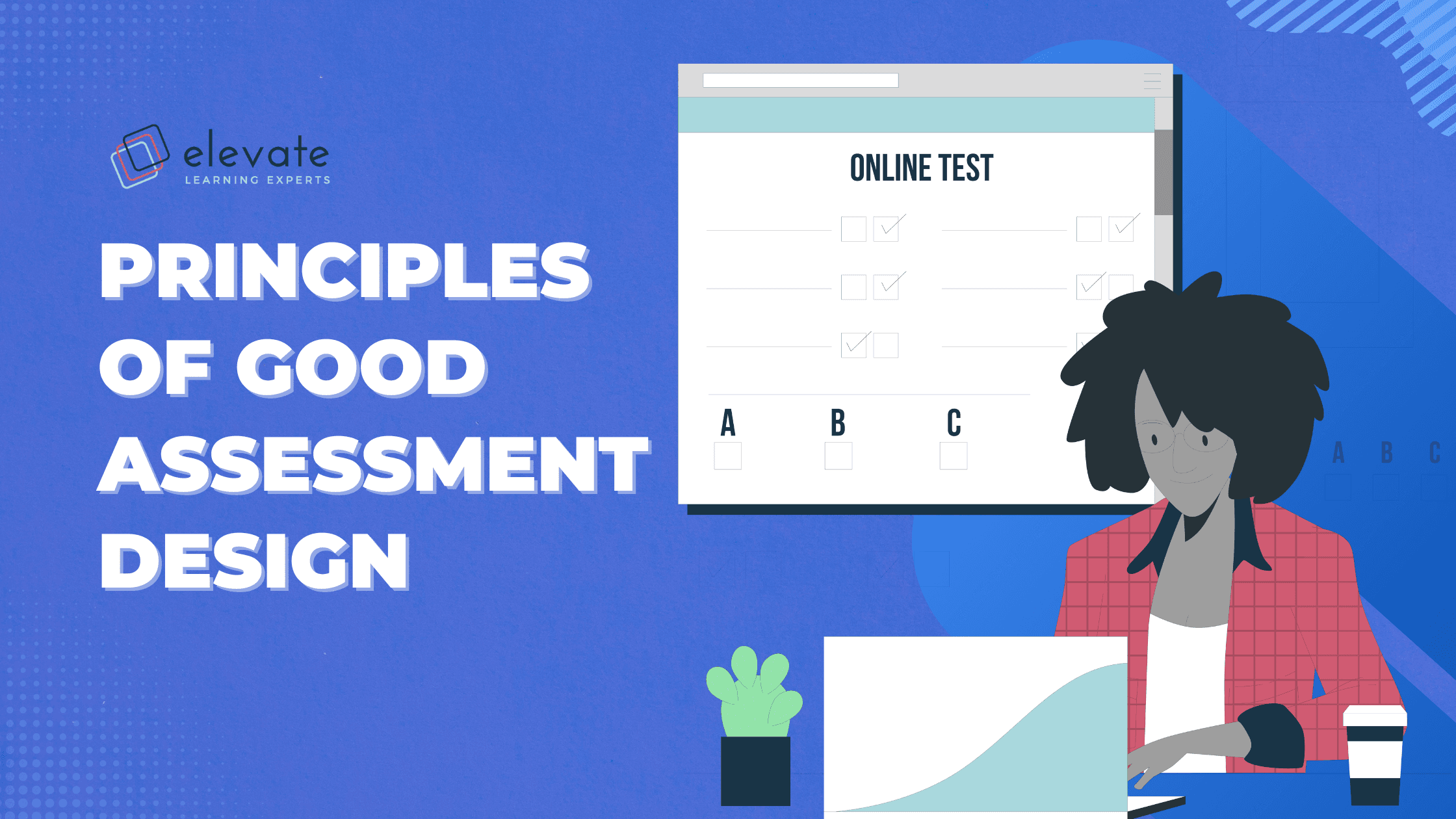Learning can take place anywhere, and at any time. The flexibility of learning experiences that we have become familiar with today, were distant dreams for instructors in the past. If you were to step into a learning environment in the past, what would you expect to see? Chances are you would find tables arranged in single-file rows and a teacher delivering the curriculum in the front of the room. Learners would have been required to simply absorb the information provided without being active participants in their learning.

Gone are the days of learners moving through the curriculum regardless of whether they have mastered the required knowledge and skills. The modern world of learning has changed more rapidly than ever before, but there is a common golden thread amongst all of these changes and developments: digital learning has enabled learners to choose what, how and when they learn.
So, how exactly has technology and the rise of digital influenced the way learners learn and the way learning experts approach design?
Learning Becomes Personalised
Technology and digital learning tools offer learning institutions and learning experts the opportunity to provide both variability of content and learning journeys, as well as advance the practice of creating personalised learning experience.

The practice of personalised learning helps create what was once seen as a utopian educational dream: that learners would have access to a rich library of information and to an array of subject matter experts to help guide them throughout their learning experience.
Key Indicators of Personalised Learning in the Digital Age
Let’s dive into the benefits of technology-driven personalised learning in a digital age by exploring a few of the key principles.

Meets the learner’s needs
Personalised learning has been achieved when the instruction, support strategies and content speak directly to a learner’s unique needs, interests, motivations, culture, language, and background knowledge. When personalised learning occurs, learners improve their knowledge retention and learning results, increase their motivation and engagement and develop their 21st-century skills.
You could implement game-based learning systems into your learning design — offering learners a self-paced learning environment, all while promoting fun in learning. If you’d like to learn more about various gamified learning tactics, then visit our article here.

Meets the learner wherever they need to be
Learners benefit from this new approach to learning by relying on educational technology and digital tools. Advanced educational technology is often digital and mobile (portable and personal). They are electronic tools, devices, software, systems, and resources that generate, process and store data using digital devices such as laptops. Personalised learning is a 21st-century form of differentiation but revitalised with educational technology, making it more flexible, accessible, and successful.
If possible, offer your learners the option to learn based on their unique contexts — this offers increased flexibility for learners who may have demanding extra-curricular activities that call for them to learn on-demand and on the go. If you’d like to learn more about how the future of face-to-face teaching is rapidly evolving, then visit our article here.

Meets and anticipates analytical needs
Earlier educational technology adapted content based on the learner’s progress such as increasing the difficulty level once a pattern of correct responses was achieved, or repeating the content if a pattern of incorrect responses emerged. Current education technology identifies and analyses learning difficulties to better understand learner motivation and abilities. In other words, this technology learns while the learner is learning to personalise and support their digital learning journey.
Learning analytics is a vital step in any learning design process. It allows you to focus beyond mere course completion rates, and instead, more fully understand individual learners, their experience of your programme and whether your design has enabled them to achieve their learning goals. If you’d like to find out more about the impact of learning analytics, then visit our article here.
Prioritising Technology in Learning Design
Utilising technology can elevate learning experiences. It can provide all stakeholders with valuable insight into learners’ progress, and it can improve learner engagement as lessons become more interactive. For example, using classroom responsive systems (clickers) or software applications on devices allows learners to respond individually and simultaneously with immediate feedback. Learners also have access to experts and a rich library of information using research studies, scholarly databases, reliable news sources etc.
Furthermore, those who need to build on their organisational skills can rely on note-taking apps where reminders, prompts and strategies are provided. They also develop their logic, critical thinking and communication when learning to design, build and assess their apps, robots, and games. Educators can easily connect with all learners and parents through virtual office hours, class webpages or even online grade books. More importantly, learning can happen with anyone, anywhere and at any time.
To take full advantage of educational technology and to help move your learning experience forward into the digital age, prioritise these four key principles:
- Personalised learning should always come from the learner’s perspective.
- Educators or learning instructors must be properly equipped.
- Utilise high-quality digital content and assessments.
- Improve access to technology infrastructure and high-speed broadband connection.
Let’s take a deeper dive into each of these principles, along with practical ways to personalise your digital learning experiences.

Create a learning environment where learners feel like they can take ownership over their education, set their own goals and plan ways to achieve success. Encourage learners to work collaboratively with their peers, think critically and solve problems. When learning is learner-centred, a contextualised and personalised curriculum is created. As a result, learners gain a deeper understanding of themselves as they engage in meaningful tasks.
There are several digital tools designed to support learners as they progress at their own pace and academic level. For example, different forms of media could be used to share knowledge using text, video, audio, or virtual field trips to name a few. Learners are also given opportunities to be creative and demonstrate their mastery of the content taught (e.g., learner presentations, 3D printed models or even a music video).

Many smart technologies already offer the user with customised and personalised experiences such as allowing learners to record their voices, customise their avatar, add their pictures to create digital stories or simply adjust display setting to meet their specific needs. Many educators do not feel that they have the competencies to use digital tools effectively, let alone adapt personalised learning practices in their classrooms. Professional learning opportunities must be made available to assist educators to move toward this new approach to learning. They will become leaders and innovators in education by collaborating and developing solutions and instruction. As technology is constantly improving and evolving, educators should be equipped to explore and test new ideas and practices.

Digital content is more interactive, easily accessible, and easily updated. When combining digital content and assessments, skilled educators gain insight from real-life data and can immediately assist learners with learning barriers while extending others who excel. Educators will base their decisions on data, making learning and instruction more personalised than ever before.
Certain qualities should not be overlooked when creating or selecting free or fee-based digital content or assessments. The content should contain clear graphics and images. Learners should be able to interact with the content easily and move at their own pace. They should also follow their learning pathway based on their level of mastery in embedded assessments and interaction with the software. These assessments could contain fill-in-the-blank queries or multiple-choice questions. Interactive skills-based assessments could also be incorporated as well as opportunities for learner reflection. The data gained from the assessments and interface features should provide the educator with all the information relating to the learner’s capabilities and needs. Digital activities and assessments should also be evaluated to ensure that learners are not overstimulated or become overwhelmed (cognitive overload).

This seems like a tall order. Unfortunately, new teaching and learning strategies will not be sustainable without the proper infrastructure. Our perception and approach to education needs to change and move beyond urban contexts to create a shared digital world, providing all learners with the opportunity to experience and benefit from personalised digital learning.
The Benefits of Technology-Driven Personalised Learning
The one size fits all learning models does not prepare our learners for a successful future. Personalised learning has been revitalised as educators utilise technology and digital tools to connect, engage, and teach their learners with even greater success. With all the benefits noted, the recommended four key principles must be prioritised to move education forward into the digital age and to make personalised digital learning a reality for all.
Are you looking to learn more about Learning Experience Design and how to create a more personalised learning experience? Elevate Learning launched an insightful online course (Learning Experience Design Essentials), equipping individuals to design learning experiences that are learner-centred, goal-oriented, and design-focused. For more information visit the course page here.
References
Fingal, D. (2020). 11 qualities of good digital content. ISTE. Retrieved from: https://www.iste.org/explore/education-leadership/11-qualities-good-digital-content
Kucirkova, N., Toda, Y., & Flewitt, R. (2021). Young children’s use of personalised technologies: Insights from teachers and digital software designers in Japan. Technology, Knowledge and Learning, 26(3), 535-554.
Personalised learning: A Toolkit for Engaging Students with Technology (n.d). intel. Retrieved from https://www.intel.com/content/www/us/en/education/k12/personalized-learning-toolkit.html
Personalising learning in a digital world: Four key priorities for digital and personalised learning. (2018). digiLearn. Retrieved from https://nmcdn.io/e186d21f8c7946a19faed23c3da2f0da/0a143ac0adb340a3b12bfea12da96a52/files/reports/personalized_learning_brief_final_003_1.pdf
Twyman. J.S. (2018). Digital technologies in support of personalised learning. Center on innovations for learning. Retrieved from: https://files.eric.ed.gov/fulltext/ED607620.pdf

